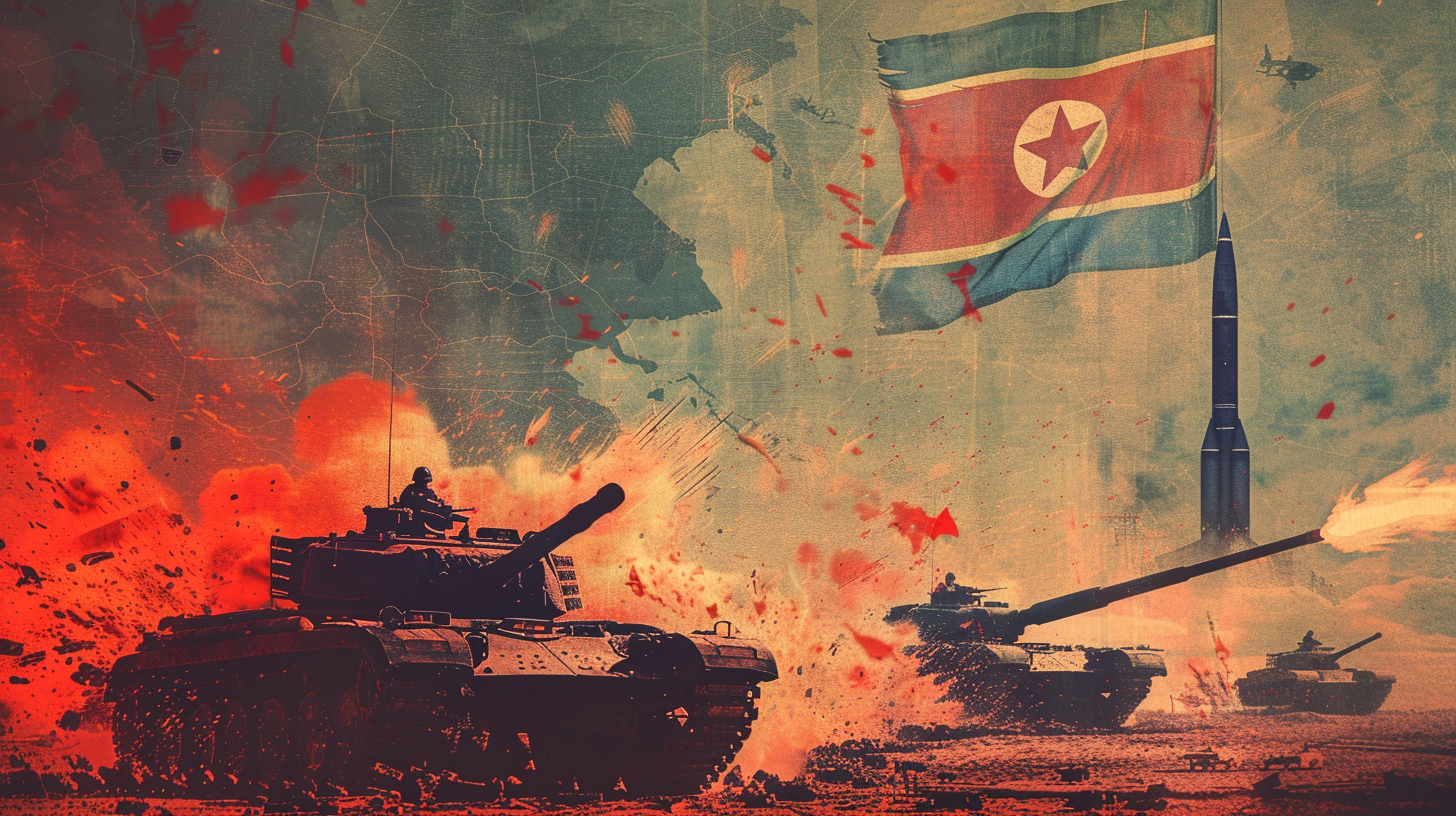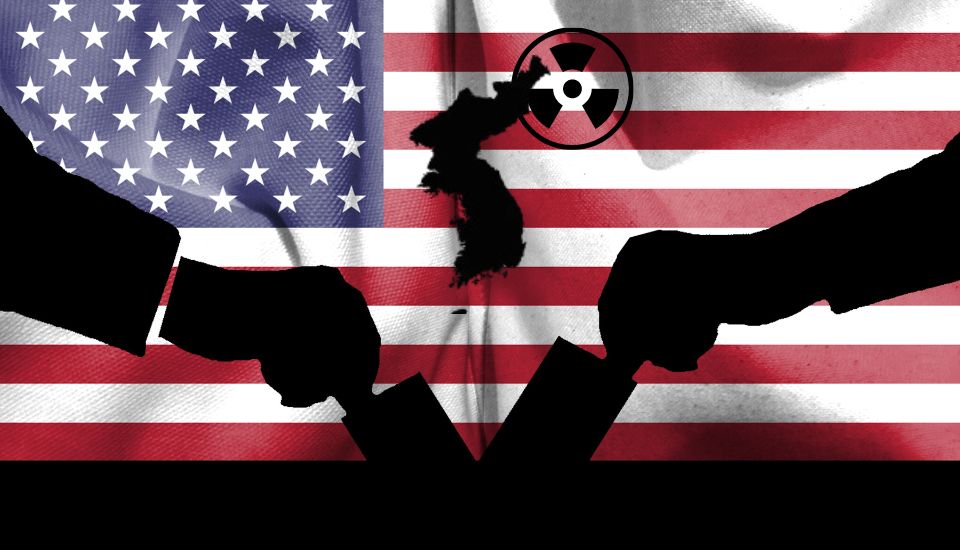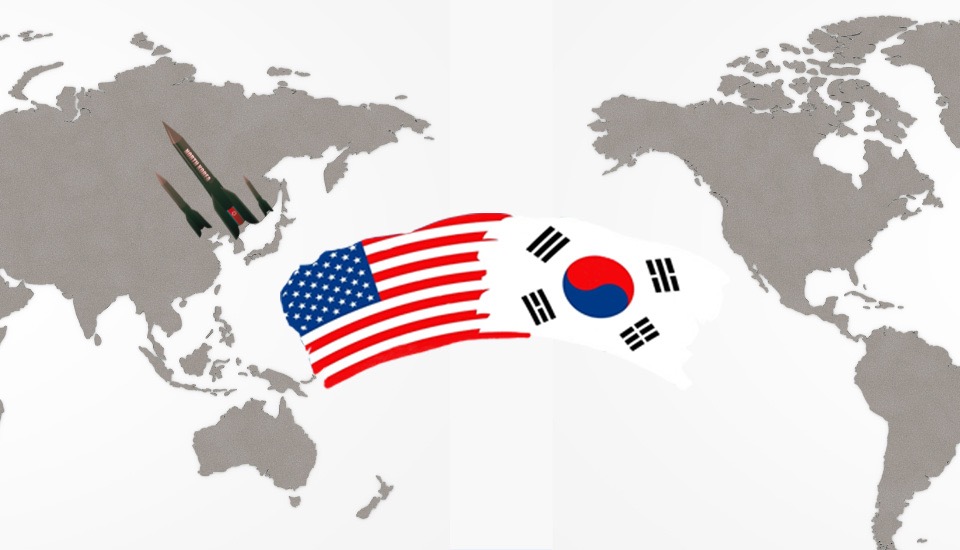
Is the Second Korean War Imminent?
Commentary | May 29, 2024
Jihwan HWANG
Professor, University of Seoul
Jihwan Hwang, a professor at University of Seoul, believes it is premature to conclude that Kim Jong Un's increasingly hostile remarks against South Korea and Pyongyang's shift towards a more aggressive nuclear stance signify that North Korea has decided to go to war. While deterrence remains North Korea's primary goal, Hwang cautions that escalating actions during a crisis could inadvertently lead to an incident similar to the one in Sarajevo that sparked World War I. He advocates for nuanced, targeted efforts to prevent such unintentional escalations and to engage in effective diplomacy to manage North Korea’s nuclear ambitions.
|
Available Downloads |
I. Is North Korea about to Initiate War?
A vigorous debate about the potential for an imminent war on the Korean Peninsula persists. This concept of an impending war in Korea was introduced by Siegfried S. Hecker, who has been involved with North Korean nuclear issues since the 1990s, and Robert L. Carlin, a researcher at the Middlebury Institute. In their article titled “Is Kim Jong Un Preparing for War?” in 38 North, they asserted that “like his grandfather in 1950, Kim Jong Un has made a strategic decision to go to war.” Furthermore, Robert L. Gallucci, the U.S. negotiator for the 1994 Agreed Framework, warned that “nuclear war could break out in Northeast Asia in 2024” (Gallucci 2024). The rationale for this war theory stems from North Korea (DPRK)’s recent “two hostile states at war” rhetoric against South Korea (ROK), along with its claims to territorial integrity, military cooperation with Russia, and the Biden administration’s half-hearted approach towards North Korea. Given their extensive experience and expertise regarding the Korean Peninsula, their insights are significant; however, it is difficult to view them as definitive proof of an imminent second Korean War.
On the other hand, North Korea has further fueled the discussions of imminent war. In his address at the 10th Session of the 14th Supreme People’s Assembly, Kim Jong Un declared that the inter-Korean relations “has been completely fixed into the relations between two states hostile to each other and the relations between two belligerent states, not the consanguineous or homogeneous ones any more” (KCNA 1/16/2024). This remark has been widely interpreted as an acknowledgment of the possibility of war. Moreover, Kim Jong Un hinted that in the event of war on the Korean Peninsula, the goals of “completely occupying, subjugating, and reclaiming the ROK and annex it as a part of the [DPRK] territory” would be incorporated into the forthcoming amendments to the North Korean constitution, indicating that war considerations were being formalized. His speech was perceived as underscoring the justification for war, aimed at ensuring the North Korean populace supports initiating hostilities against ROK.
II. The Nuclear Forces Policy Law and DPRK’s Aggressive Foreign Policy
Recent developments on the Korean Peninsula have escalated to a level that has sparked speculations of an imminent war, highlighting a more aggressive stance in North Korea’s foreign policy. Kim Jong Un’s belligerent rhetoric is mirrored by tangible shifts in the DPRK’s institutional behaviors and strategic directions. Notably, in September 2022, North Korea adopted the Law on the Nuclear Forces Policy at the Supreme People’s Assembly. This law introduces a new nuclear doctrine that details the circumstances under which North Korea could deploy nuclear weapons. It explicitly allows for nuclear first-use in critical situations, outlining five specific scenarios, including three instances of preemptive strikes if war seems imminent, wartime nuclear deployment, and a variety of other crisis situations warranting nuclear response. After declaring the completion of its strategic nuclear forces in late 2017, aimed at deterring U.S. attack, North Korea has now adopted an aggressive nuclear strategy that asserts the nuclear first-use on the Korean Peninsula.
According to the classification by Vipin Narang (2014) who has studied the nuclear strategies of regional nuclear powers, North Korea’s previous nuclear doctrine was based on the concept of Mutual Assured Destruction (MAD) during the Cold War between the U.S. and the Soviet Union, known as “assured retaliation.” This strategy involves a massive retaliatory use of nuclear weapons if a nuclear strike by an adversary occurs, serving primarily as a deterrent. The “assured retaliation” strategy allows for preemptive strikes if an enemy’s nuclear attack appears imminent, yet its primary purpose remains deterrence. North Korea has been advancing its nuclear capabilities with a focus on deterring the U.S., adopting a “deterrence by punishment” approach that entails retaliating with nuclear weapons in response to any nuclear attacks by the U.S.
However, the nuclear doctrine outlined in the Nuclear Forces Policy Law aligns more closely with an “asymmetric escalation” strategy. This strategy involves threatening nuclear first-use even in response to non-nuclear, conventional attacks to deter the likelihood of adversary attacks. The law specifies that nuclear weapons may be used if it is perceived that “a nuclear or non-nuclear attack on the state leadership and the command organization of the state’s nuclear forces was launched or drew near is judged” (KCNA 9/9/2022). While the “asymmetric escalation” strategy is also a form of deterrence, it presupposes the first use of nuclear weapons, making it a much more aggressive and volatile.
Moreover, this law includes a pre-delegation clause, stipulating that “a nuclear strike shall be launched automatically and immediately to destroy the hostile forces including the starting point of the provocation and the command according to the operation plan” if the “command and control system over the state nuclear forces is placed in danger owing to an attack by hostile forces” (KCNA 9/9/2022). This provision highlights a significant escalation in North Korea’s foreign strategy towards a more aggressive posture. In fact, North Korean Minister of Defense Kang Sun Nam issued a stark warning in July 2023, stating that the port call of the USS Kentucky, an Ohio-class ballistic missile submarine, in Busan “may fall under the conditions of the use of nuclear weapons specified in the DPRK law on the nuclear forces policy” (KCNA 7/20/2023). Kang described the deployment of the strategic nuclear submarine as a scenario where “a nuclear weapon attack is launched against [DPRK] or it is judged that the use of nuclear weapons against it is imminent,” causing widespread concern. However, despite the shift towards a more aggressive nuclear doctrine and rhetoric that suggests a readiness for war, it is insufficient to conclude that DPRK has made a strategic decision to initiate war.
III. North Korea Still Focusing on Nuclear Deterrence
Despite Kim Jong Un’s remarks and the aggressive stance in the Nuclear Forces Policy Law, there is no definitive evidence that North Korea is gearing up to start a war. Although the country has adopted a nuclear doctrine that allows for nuclear first-use and pre-delegation, its primary focus remains nuclear deterrence. The law explicitly defines the primary mission of nuclear forces as “to deter a war by making hostile forces have a clear understanding of the fact that the military confrontation with the DPRK brings about ruin and give up attempts at aggression and attack” (KCNA 9/9/2022). Additionally, it states that “nuclear forces of the DPRK shall carry out an operational mission for repulsing hostile forces’ aggression and attack and achieving decisive victory of war in case its deterrence fails,” underscoring that war deterrence remains the primary objective. North Korea has proclaimed a doctrine of “asymmetric escalation,” but its purpose is still fundamentally about deterrence. This aligns with Kim Jong Un’s April 2022 speech, where he introduced the “second mission” of nuclear force while reiterating that the foremost objective remains war deterrence.
In his policy speech in January this year, Kim Jong Un stated that North Korea’s military development is “not a means of preemptive attack for realizing unilateral ‘reunification by force of arms’ but the capabilities for legitimate self-defense pertaining to our right to self-defense” (KCNA 1/16/2024). While it is impossible to completely rule out the possibility of North Korea initiating war, it is more accurate to interpret their current stance not as an attempt to start a war as in June 1950, but as demonstrating a firm resolve and strategy to be prepared for war in times of crisis. After all, he emphasized, “We do not want war, but we also have no intention of avoiding it.” If a war were to break out on the Korean Peninsula in the future, it is more likely to differ in nature from a planned and intentional conflict like the Korean War in 1950.
IV. What Type of War Should We Prepare for?
Even if North Korea’s military strategy is still focused on deterrence, it is evident that peace and stability on the Korean Peninsula are being undermined. Kim Jong Un’s aggressive rhetoric and shifts in nuclear policy suggest a significant risk of crisis escalation in the region. Similar to the 1914 Sarajevo incident that ignited World War I, an accidental clash could inadvertently lead to an uncontrollable military crisis. In situations where military tensions escalate on the Korean Peninsula, North Korea is likely to increase its vigilance against the U.S.-ROK alliance, and the updated nuclear doctrine could raise the chances of a war.
The Washington Declaration represents an important step in bolstering extended deterrence against deliberate provocations by North Korea. Nonetheless, it may not be sufficient to prevent accidental conflicts that could erupt on the Peninsula. Ambassador Gallucci’s reference to the possibility of a nuclear war in Northeast Asia highlights a scenario where a crisis could escalate from accidental conflicts. He emphasized the need to resume nuclear negotiations with North Korea, given the potential for nuclear war to start for reasons not directly related to the failure of deterrence against North Korea. This highlights the complexity of the security dynamics in the region and the urgent need for effective mechanisms to prevent unintended escalations.
Indeed, an accidental incident would not necessarily lead to a full-scale war. Even if North Korea engages in military provocations during a crisis escalation, these could be part of a strategic plan aimed at negotiating with the United States, intending to limit the spread of the crisis. Given North Korea’s vulnerability and lack of military power to sustain a total war, it may engage in limited provocations to pursue strategic gains. However, if an accidental situation like the Sarajevo incident triggers a crisis that spirals out of control, it could lead to a catastrophic situation that no party on the Korean Peninsula would wish for. Ultimately, addressing the potential crises posed by North Korea’s nuclear capabilities fundamentally requires efforts to either pursue denuclearization or at least control its nuclear arsenal.
Since assuming office in 2021, the Biden administration has largely overlooked the North Korean nuclear issue, having proposed a “calibrated practical approach” towards North Korea. The administration has been preoccupied with the U.S.-China strategic competition, Russia’s invasion of Ukraine, and domestic political and economic challenges, leaving limited time and resources to focus on North Korea. Amid these dynamics, North Korea is trying to leverage the new Cold War confrontation between the U.S. against China-Russia on the Korean Peninsula. Without denuclearizing North Korea or controlling its nuclear capabilities, the potential for crisis on the Peninsula remains unmitigated. Furthermore, as the global new Cold War deepens, North Korea is likely to adopt even more aggressive policies. Sophisticated diplomatic efforts are necessary to prevent accidental situations like the 1914 Sarajevo incident from occurring on the Korean Peninsula.
References
Carlin, Robert J. and Siegfried S. Hecker. 2024. “Is Kim Jong Un Preparing for War?” 38 North. January 11. https://www.38north.org/2024/01/is-kim-jong-un-preparing-for-war/
Gallucci, Robert. 2024. “Is Diplomacy Between the U.S. and North Korea Possible in 2024?” National Interest. January 11. https://nationalinterest.org/blog/korea-watch/diplomacy-between-us-and-north-korea-possible-2024-208528
Korean Central News Agency (KCNA). 2022. “Law on DPRK’s Policy on Nuclear Forces Promulgated.” September 9. https://kcnawatch.org/newstream/1662687258-950776986/law-on-dprks-policy-on-nuclear-forces-promulgated/
___________. 2023. “Press Statement of Minister of National Defence of DPRK.” July 20. http://kcna.co.jp/item/2023/202307/news20/20230720-13ee.html
___________. 2024. “Respected Comrade Kim Jong Un Makes Policy Speech at 10th Session of 14th SPA.” January 16. https://kcnawatch.org/newstream/1705369092-194545332/respected-comrade-kim-Jong-Un-makes-policy-speech-at-10th-session-of-14th-spa/
Narang, Vipin. 2014. Nuclear Strategy in the Modern Era: Regional Powers and International Conflict. Princeton: Princeton University Press.
■ Jihwan HWANG is a Professor in the Department of International Relations at the University of Seoul.
■ Typeset by: Jisoo Park, Research Associate
For inquiries: 02 2277 1683 (ext. 208) | jspark@eai.or.kr
Security and External Relations

Shifting Sands: Examining the Abduction Issue and Prospects for Japan-DPRK Dialogue
Eunmi CHOI | 23.May.2024

The Korean Peninsula as a Hotspot: Steering Stability Beyond the 2024 U.S. Election
Seong-Ho SHEEN | 20.May.2024

Navigating the Transformation of U.S. Alliance and the Denuclearization of North Korea
Won Gon PARK | 13.May.2024
LIST